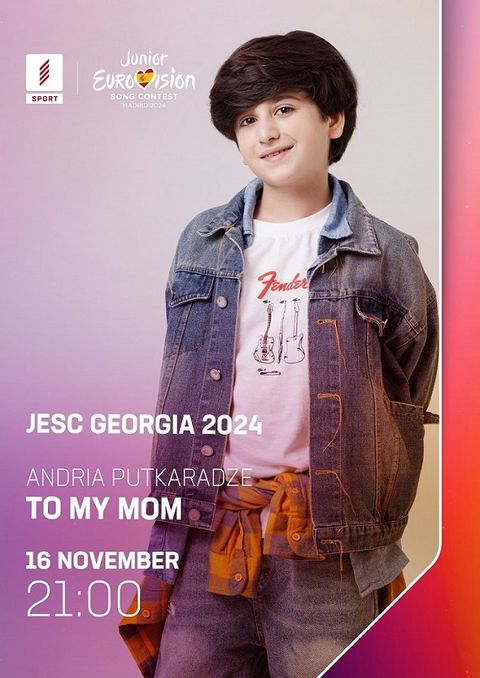History

- Eurovision Song Contest (ESC) is one of the truly remarkable European television programs transmitted live via the Eurovision satellite network.
- Ratings of the Eurovision Song Contest have varied greatly over the past decades. In 2016, some 204 million people saw at least one of the three shows in whole or in part.
- With a legacy of 63 years, which brought hundreds of hours of live television and nearly 1,500 songs from some 50 countries, the Eurovision Song Contest is a great source of historic facts and mind-blowing figures.
- ESC is rich in tradition and heritage, dating back to 1956. Inspired by the popular Italian San Remo Festival, the ESC idea was born during a meeting of the European Broadcasting Union (EBU) in Monaco in 1955, and adopted in Rome shortly after. The brainchild of the brilliant idea was Marcel Baison, French representative of the EBU. The contest would be to help foster European unity after the Cold War and to test the limits of live television broadcast technology.
- The Eurovision Song Contest started with just seven participating countries in 1956. It was the only contest with two songs per country. Following the break-up of the Soviet Union, more countries wanted to join in the 1990s. In 1993 and 1994, a then-record 25 countries took part. In 1996, a pre-qualification heat was organised to reduce 29 participants to 23, while host country Norway automatically qualified for the contest as 24th country. The challenge was solved in 2004, when a Semi-Final was introduced. Growing interest lead to the introduction of a second Semi-Final in 2008. As a result, a record number of 43 countries took part in 2008 for the first time.
(eurovision.tv)


